Gartner’s Top 10 Global 5G Network Infrastructure Companies
From Cisco and Samsung to Ericsson and Huawei, here’s the ten market leaders who made Gartner’s 2020 Magic Quadrant for 5G Network Infrastructure for Communication Service Providers.
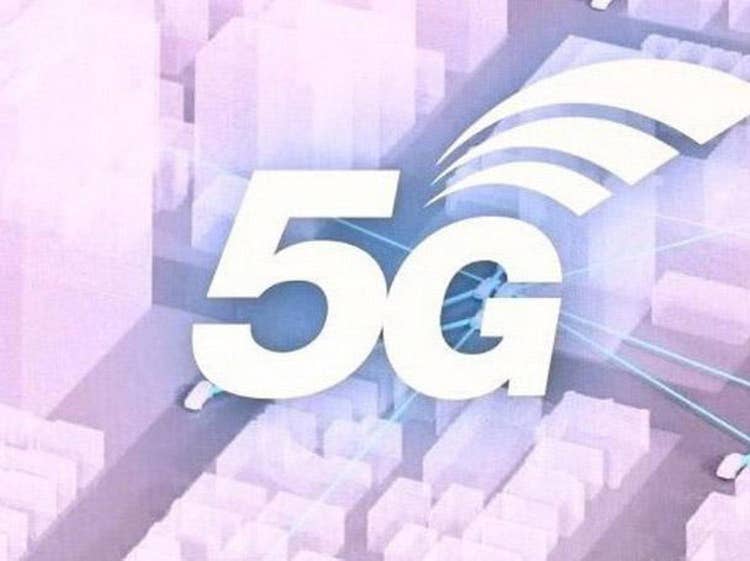
The Top 5G Network Infrastructure Companies In 2021
Communication service providers are key to enabling a 5G world. However, these CSPs need a slew of network infrastructure technology to provide the connectivity services such as mobile broadband, fixed wireless access and voice communications over a 5G network.
In its new Magic Quadrant for 5G Network Infrastructure For Communication Service Providers, Gartner breaks down the top ten vendors who are enabling a 5G world in 2021 by offering solutions from core 5G network hardware to radio access network equipment.
“Gartner considers 5G to be foundational technology, implemented to evolve a CSP’s core business process, including consumer business and enterprise business sectors,” said the IT research firm in its new Magic Quadrant.
From Cisco to Ericsson, CRN breaks down the ten market leading companies who made Gartner’s 2020 Magic Quadrant for 5G Network Infrastructure For Communication Service Providers, along with each company‘s strengths and weaknesses in the space.

Gartner Methodology
This is Gartner’s first 5G network infrastructure related Magic Quadrant that replaced the company’s previous Magic Quadrant for LTE Network Infrastructure as well as Market Guide for 5G New Radio Infrastructure reports.
In order to be on Gartner’s Magic Quadrant for 5G Network Infrastructure For Communication Service Providers, network equipment providers needed to possess radio access equipment and core network products for 5G that are generally available for production. Vendors were also required to have at least one or more 5G commercial contracts with CSPs.
Gartner’s Magic Quadrant ranks vendors on their ability to execute and completeness of vision and places them in four categories: Niche Players (low on vision and execution), Visionaries (good vision but low execution), Challengers (good execution but low vision) and Leaders (excelling in both vision and execution). For this particular Magic Quadrant, no vendors were listed as ‘Challengers’.

Leader: Ericsson
Ericsson won the gold medal for execution on Gartner’s Magic Quadrant, besting all other competitors in the global market, while also ranking second for vision. The Swedish networking and telecommunications company offers services, software and infrastructure in information and communications technology for CSPs. Ericson’s end-to-end 5G offerings includes its Ericsson Radio System, 5G Core, Orchestration and 5G Transport along with top notch professional services.
Strengths: Gartner says Ericsson possesses the largest number of 5G deals. Its leadership in the 5G technology evolution, with improvements such as dynamic spectrum sharing (DSS) and Uplink Booster, gave the company a “first-mover advantage,” Gartner said.
Weaknesses: Ericsson has a narrower radio unit portfolio and slower feature support than some competitors, Gartner said. This includes the number of massive MIMO products, IBW 400 MHz massive MIMO and 5G microcell.
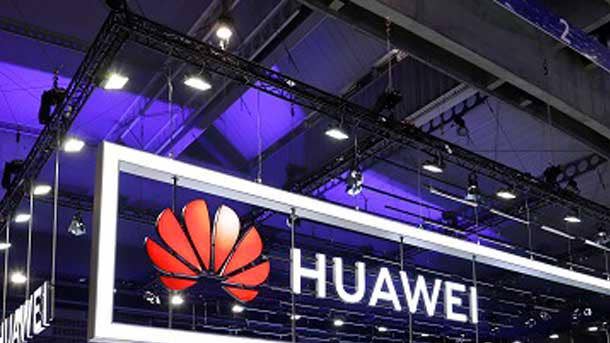
Leader: Huawei
The Chinese technology conglomerate won the gold medal for vision on Gartner’s Magic Quadrant and ranks third for execution. Huawei’s global 4G LTE network business success came from its end-to-end cellular network portfolio including macrocells, small cells, single RAN and converged core, as well as transport network. The company plans to contribute to CSPs by providing an enhanced 5G product portfolio.
Strengths: Gartner said Huawei offers more scale and breadth in its 5G-related portfolio than its competitors. The company has various series of radio products, strong features such as scenario-based beamforming and network slicing, as well as AI-based network operation and automation.
Weaknesses: With increasing political tension and security concerns between the U.S. and China, Huawei’s operations and efforts entering -- or even announcing -- new 5G contracts may be impacted, according to Gartner.
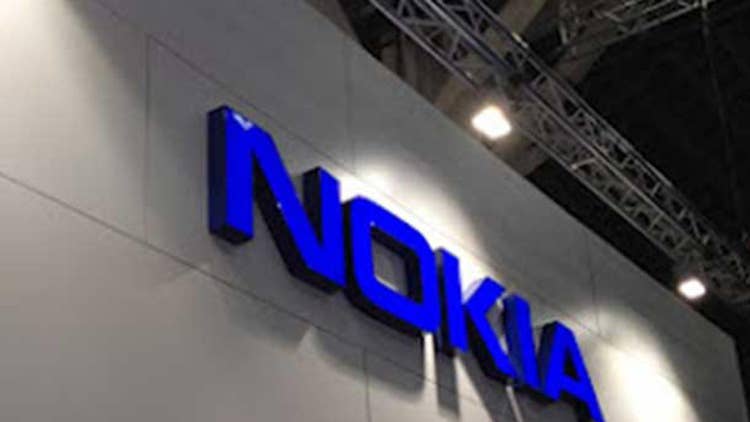
Leader: Nokia
Nokia ranks second for execution and third for vision on Gartner’s Magic Quadrant. With a new CEO last year in Pekka Lundmark, the Finland-based company is undergoing a new operating model and strategy refresh around its focus on focuses on mobile, fixed IP and optical networks, cloud, and network services. Nokia is currently one of the market leaders in terms of numbers of 4G LTE and 5G deals.
Strengths: Nokia’s early commitment to vRAN, cloud RAN and Open RAN has differentiated itself from other incumbent RAN vendors, while also giving it thought leadership.
Weaknesses: Several CSPs noted that Nokia’s 5G product and service are not as good as other competitors, including its performance and responsiveness. Nokia’s product quality, software stability, bug fix services and schedule adherence need improvement, said Gartner.
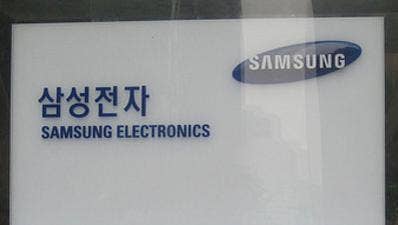
Visionary: Samsung
The South Korea-based smart phone and consumer IT giant ranks fourth for execution and fifth for vision on Gartner’s Magic Quadrant. Samsung Electronics is responsible for its global 5G network business, which mainly comes from RAN. Samsung is an early innovator of new cellular technologies, such as vEPC, small cell and vRAN, with Verizon announcing that the first successful end-to-end virtualized 5G is supported by Samsung and others.
Strengths: Samsung contributed to the world’s earliest massive commercial adoption of 5G in South Korea, leading in share at the top three local CSPs. The company has driven advanced capabilities such as millimeter wave radio, in-house chipsets and virtualized solutions.
Weaknesses: Samsung’s commercial 5G deals are still limited globally compared to Ericsson, Huawei and Nokia, Gartner said. Samsung’s mobile core network business has not yet proliferated as its RAN business has.
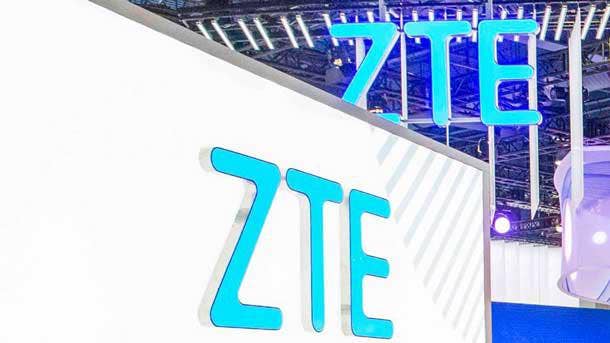
Visionary: ZTE
The Chinese-based telecommunications and mobile specialist ranks fourth for vision and fifth for execution on Gartner’s Magic Quadrant. ZTE has a strong telecommunications products line covering wireless and wired infrastructure, core networks, software systems and services, and Internet of Things. ZTE’s large 5G portfolio enables the company to meet diversified requirements.
Strengths: ZTE provides many innovative 5G technologies and features such as SuperDSS, massive MIMO, concise multi-RAT and multiband site, AI-driven smart operation, and energy saving, as well as network slicing and converged 5G core, according to Gartner.
Weaknesses: U.S. sanctions imposed on ZTE in 2018 had a negative impact on customer confidence and mind share, especially in the markets outside China. Gartner said its low market share outside of China might impact its 5G global marketing strategy and success.
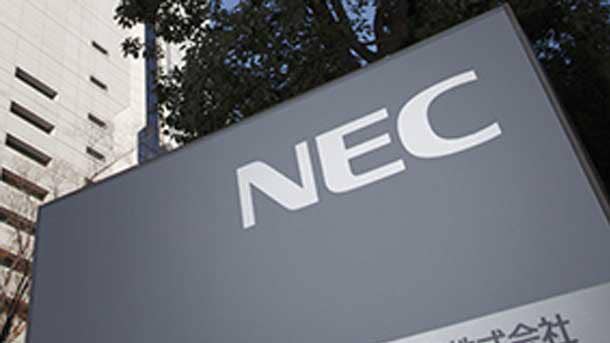
Visionary: NEC
NEC ranks among the middle of pack for both execution and vision on Gartner’s Magic Quadrant. The Japanese communications specialist, along with its Netcracker subsidiary, is providing highly reliable 5G networks to CSPs and industry players through the integration of IT and network technologies. NEC is striving to become a system integrator in addition to being a product supplier in Open RAN by expanding its NEC Vertical Business Platform.
Strengths: NEC has established a position in large-scale 5G deployments in Japan by supporting its CSP clients NTT DOCOMO and Rakuten Mobile. Gartner said various foreign markets are also becoming interested in NEC’s Open RAN solution.
Weaknesses: Gartner says NEC plans to sell its products and solutions directly or through partners such as Rakuten Mobile in foreign markets, but its ability to execute this is not assured.
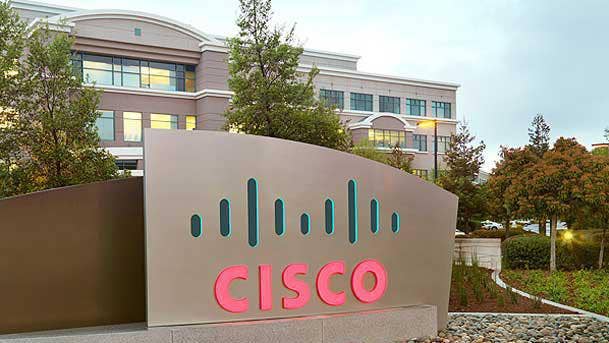
Niche Player: Cisco
The San Jose, Calif.-based networking behemoth is focused on telco cloud, mobile core, SDN transport and automation with its 5G business. Cisco’s Virtualized Packet Core receives major CSPs interest, and it supported T-Mobile’s industry-first 5G SA network by supplying UPF, SMF and PCF. Cisco ranks in the middle of the pack on Gartner’s Magic Quadrant for both vision and execution.
Strengths: Cisco is a forerunner in Internet Protocol (IP) technology, which is an advantage because EPC/5G core is an all-IP network technology, Gartner said. Cisco has established a strong ecosystem in Open vRAN, which includes all the major players, as well as interest from CSPs.
Weaknesses: Cisco’s RAN portfolio does not include macrocell/microcell base stations and cannot fulfill CSPs’ requirements there. Gartner said Cisco is still seen by some CSPs as principally an enterprise player.
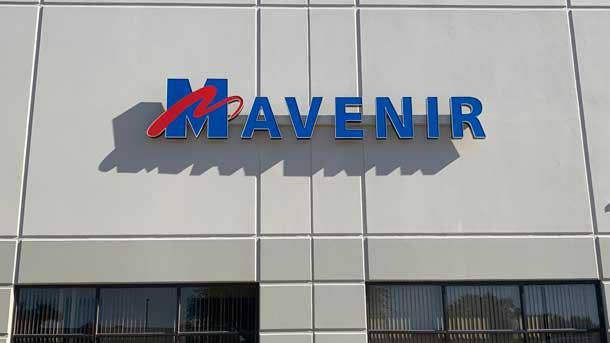
Niche Player: Mavenir
The Richardson, Texas-based company specializes in network software for the telecommunications industry. Mavenir launched a fully virtualized 4G and 5G open RAN solution in 2019 with plans to help CSPs break the vendor lock-in situation and discontinue old legacy business models. Mavenir ranks in the middle of the pack for vision but near the bottom for execution on Gartner’s Magic Quadrant.
Strengths: As one of the major new entrants in Open RAN, Mavenir has already been named as a vRAN partner by Amazon Web Services, Microsoft and VMware. Mavenir’s acquisition last year of ip.access will expand its open RAN portfolio by adding 2G and 3G capabilities.
Weaknesses: While Open RAN standardizations are progressing, multivendor interoperability over interfaces such as Fronthaul, X2, Xn and Xx are not commonly available for CSPs. Mavenir needs to achieve this multivendor integration by working with various stakeholders, Gartner said.
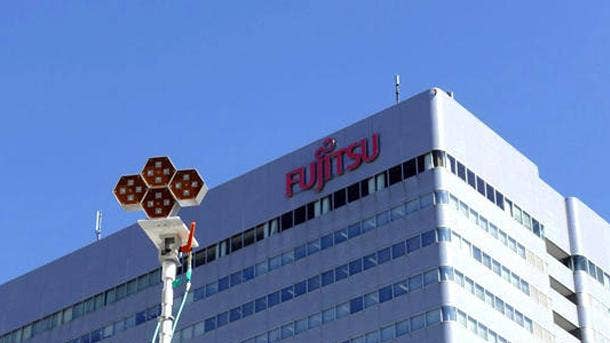
Niche Player: Fujitsu
The Japanese IT services and communication technology company ranks among the middle of pack for execution but near the bottom for vision. Fujitsu has been promoting open and virtualized base stations, and is initially focused on selling 5G radio units to the global market. Fujitsu is participating in the O-RAN Alliance and is contributing in the development of the open interface to accelerated readiness of multivendor O-RAN-compliant network infrastructure.
Strengths: Fujitsu also launched Japan’s first commercial private 5G network. The company’s open RU products and network integration expertise helped it win a large 5G agreement with DISH Network.
Weaknesses: Fujitsu is undergoing a major reorganization to become a digital transformation company, but its network infrastructure business is not a major revenue source. Gartner said CSPs should carefully evaluate the company’s business support and continuity.

Niche Player: FiberHome Telecommunications Technologies
Chinese-based FiberHome ranks in last place for both vision and execution on the Magic Quadrant. Following FiberHome’s merger with Datang Telecom Group, the company focuses on communication technology in broadband construction, 3G/4G/5G and information security. In the mobile infrastructure business, FiberHome offers end-to-end solutions for TD-LTE networks and 5G, including core, radio access and optical transport.
Strengths: FiberHome’s leading position in the Chinese optical communications market and close relationships with domestic CSPs can be leveraged to stay relevant in the 5G market, Gartner said.
Weaknesses: FiberHome does not have a comprehensive 5G infrastructure product portfolio or system integration capabilities compared with leading 5G vendors. The company doesn’t have a strong global expansion strategy and lacks awareness outside China.